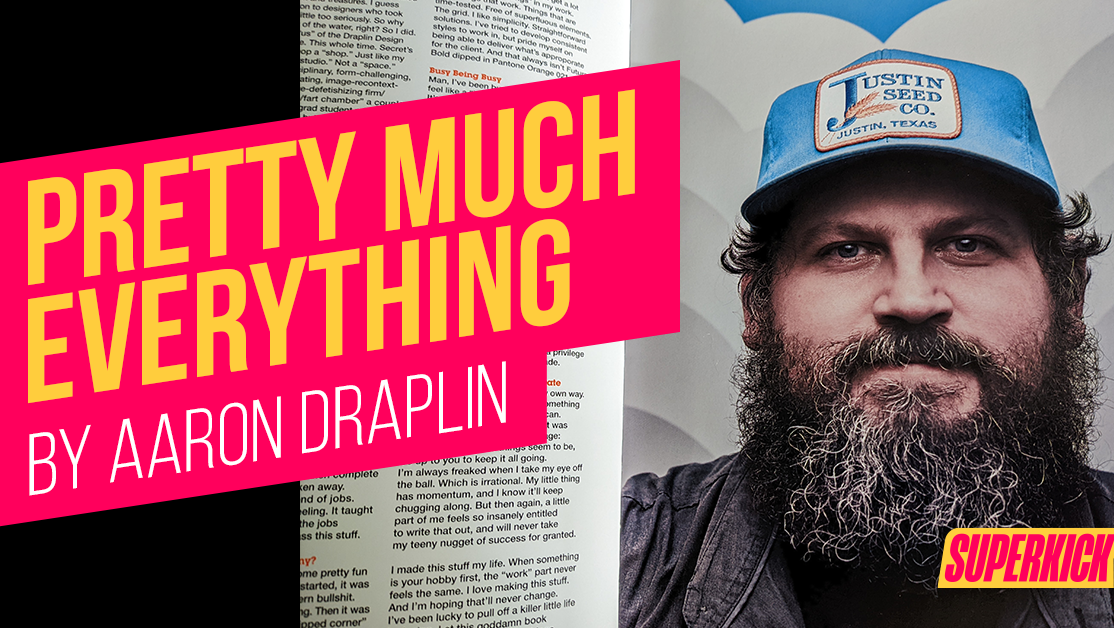What Exactly is “Quiet Quitting”?
“Quiet quitting” has become the latest business buzzword in the wake of the Great Resignation, Reshuffling, Re-Whatever Else Helps Headlines Grab Attention. But what is it? Are employees really leaving jobs without giving notice, just sneaking out of the office never to return?
Well, no. They’re actually not quitting at all. They’re just … doing their jobs.
That’s right. All this talk about quiet quitting is nothing more than doing the things that are in your job description, going home, and not thinking about work again until the next workday. Yup. That’s it.
When Messaging Leads to “Meh”
We could debate why this is such a big deal. Is going above and beyond really so bad? Or is it a sign that Americans have too much of a workaholic culture when refusing to answer emails during family dinner time is considered a form of quitting? We’ll save these questions for another article.
Instead, let’s talk about the term quiet quitting itself. It’s easy to see how it’s caught on. The phrase is alliterative, making it fun to say. It also implies a subversive type of rebelliousness, even if in practice it’s nothing more than doing the bare minimum. Those two factors have made the term a gift to journalists and bloggers, as it triggers in readers’ minds a curiosity and maybe even an angry “what now?” from employers who are sick of hearing about work-life balance.
Once you read the article, though, you realize, “Oh. No one is quitting. They’re just doing what’s expected of them and no more. Ok.”
While a phrase like this works for getting clicks, it demonstrates the danger of choosing “fun to say” over clarity in brand slogans and marketing copy. A misleading phrase like quiet quitting in an article headline may lead some readers to feel clickbaited. Not a good way to keep them as loyal readers, but it also may not hurt the brand too much if the publication isn’t a repeat offender.
But imagine how they’d feel if your brand made a catchy but misleading promise in its advertising or even its brand slogan. Sure, you got people interested. You got them to check out your website. But once they get there, if they feel like they’ve been had, do you really think they’ll make a purchase? No. In fact, they’ll probably be so annoyed that they’ll leave an angry comment or mark you as spam.
Catchy or Clear?
Coming up with a message that’s both clear and catchy is ideal. But if you have to choose one, go for clear. Of course, creating something iconic like Lay’s “Betcha Can’t Eat Just One” or Nike’s “Just Do It” would be awesome. And maybe you will someday. But when you’re just starting out, go for something that clearly communicates what your business does and how it benefits consumers.
Dollar Shave Club’s original “Shave time. Shave money.” is a perfect example. That tagline focuses heavily on customer benefits, lets you know that it’s a shaving product company, and cleverly uses a double meaning. There’s nothing misleading and no need to explain further. And if you can’t come up with something clever (yet), just be clear. They could have spent some time building their reputation on something like “Great razors for less” until the cleverer line popped into their heads.
Compare Dollar Shave Club’s messaging to a phrase like “Quiet Quitting.” Imagine if that were a brand’s tagline. You’d have to say, “Well, it’s not really quitting …” and then launch into an explanation about what it really is. Customers don’t have time for that. Once they realize you broke a brand promise just to be clever, they’ll be the ones quitting your product.
Need a hand with clear brand messaging? Superkick can help.






